Arthrosis is a chronic disease in which degenerative dystrophic changes occur in the joints.Arthrosis can disrupt the function of the joint and in the short stages complete destruction of the joints and the loss of motor functions can occur.
Arthrosis in women
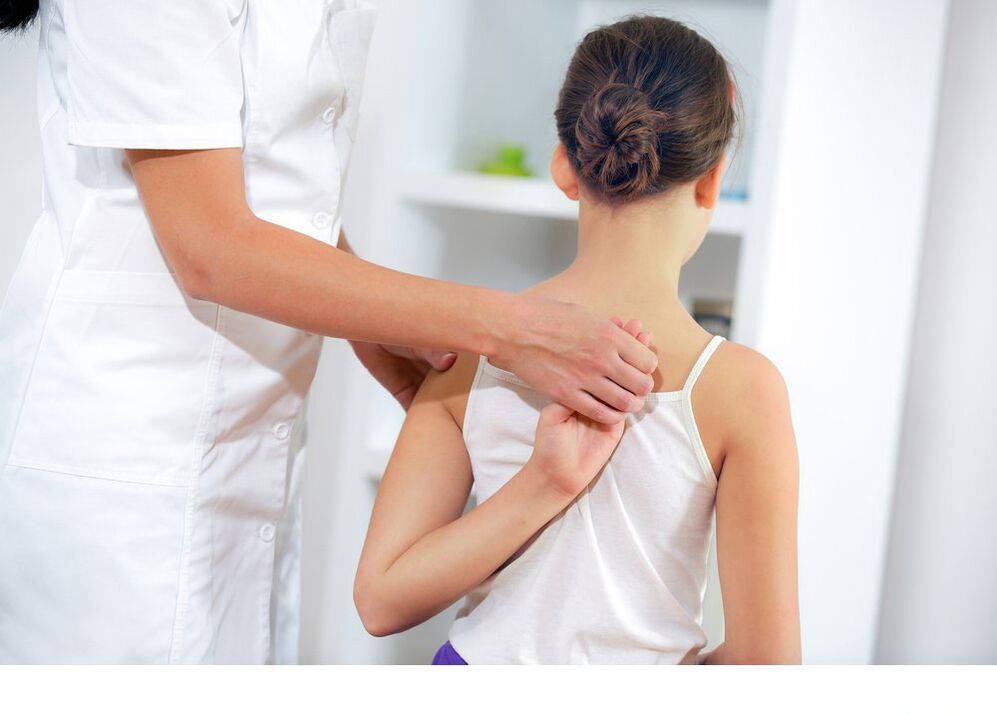
The predisposition to arthrosis is genetically transmitted.Congenital characteristics or defects of the connective tissue and joint structure (dysplasia) can affect the development of the disease, especially in combination with acquired factors.Among the latter there may be injuries, obesity and other diseases.
At the age of 45, arthrosis is diagnosed in 2-3% of women, but this percentage increases by more than 10 times in the age interval of 45 to 60 years.After reaching 65 years, the symptoms of arthrosis are detected in 70% of women.Men suffer from this disease a little less.
Arthrosis in pregnant women
Arthrosis in pregnant women can significantly complicate the wearing of a child.And not just because due to the inevitable weight gain, the load on the joints increases significantly.During pregnancy, it is necessary to exclude or significantly reduce the use of certain medicines used to treat arthrosis.
Therefore, pregnancy in a woman with arthrosis of the joints is performed with close interaction of a gynecologist, orthopedic and rheumatologist.Doctors jointly solve problems related to the arthrosis treatment plan, take medicines, prescribe a special regimen.Perhaps a pregnant woman will need to wear special orthopedic devices designed to facilitate the course of arthrosis and not interfere with the fetal camp.
Arthrosis in menopause women
Women whose body is included in the menopause period falls at risk of arthrosis of the joints due to changes in hormonal origin.The health of bones, joints and connections depends on the level of estrogen.Reducing the level of female hormones associated with the onset of menopause can lead not only to osteoporosis, but also to the onset of degenerative changes in the joints and the development of arthrosis.
Arthrosis in men
Often, arthrosis of the joints develops in adulthood in men who abuse some types of exercise.This is especially common after a long break in sports.To restore the previous physical shape, one can try to get involved in the previous intensity.But excessive loading leads to arthrosis faster than relief muscles appear.
Arthrosis in children
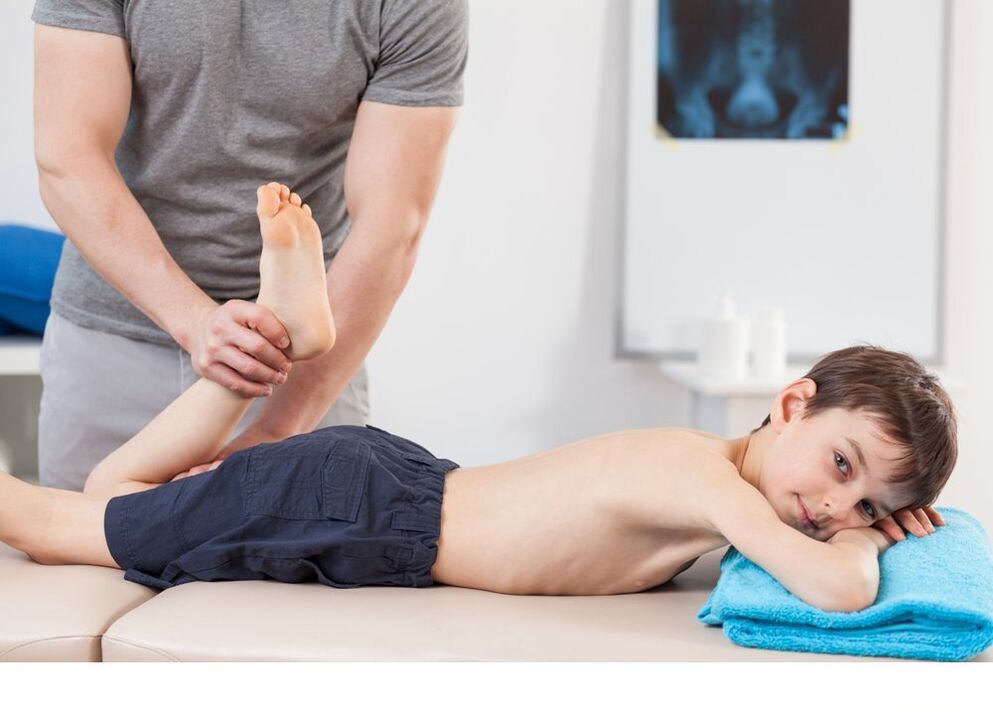
At an early age, arthrosis of the joints is rare, but such a diagnosis is also detected in children.
Arthrosis in young children
The likelihood of arthrosis at an early age increases if the child has congenital disorders of the bone system structure.This may be dysplasia of the hip joint or defects of the structure of the joints of the spine, elbow or knee joint.The change in the geometry of the joint causes the appearance of overload, adversely acting on the components of the joint.At the same time, the muscles are not yet sufficiently developed to compensate for the defects of the structure.
Arthrosis in adolescents
In adolescence, arthrosis can be associated with injuries obtained during sports or outdoor games.Another reason is not a sufficiently balanced diet, hormonal restructuring of puberty, rapid bone growth with the backward increase in mass and muscle strength.
Arthrosis of the joints of the lower limbs
Most often the large joints of the lower limbs suffer from arthrosis.But there is also damage to the smaller joints: for example, arthrosis of the joints of the toes of the foot.
Knee joint arthrosis (gonarthrosis)
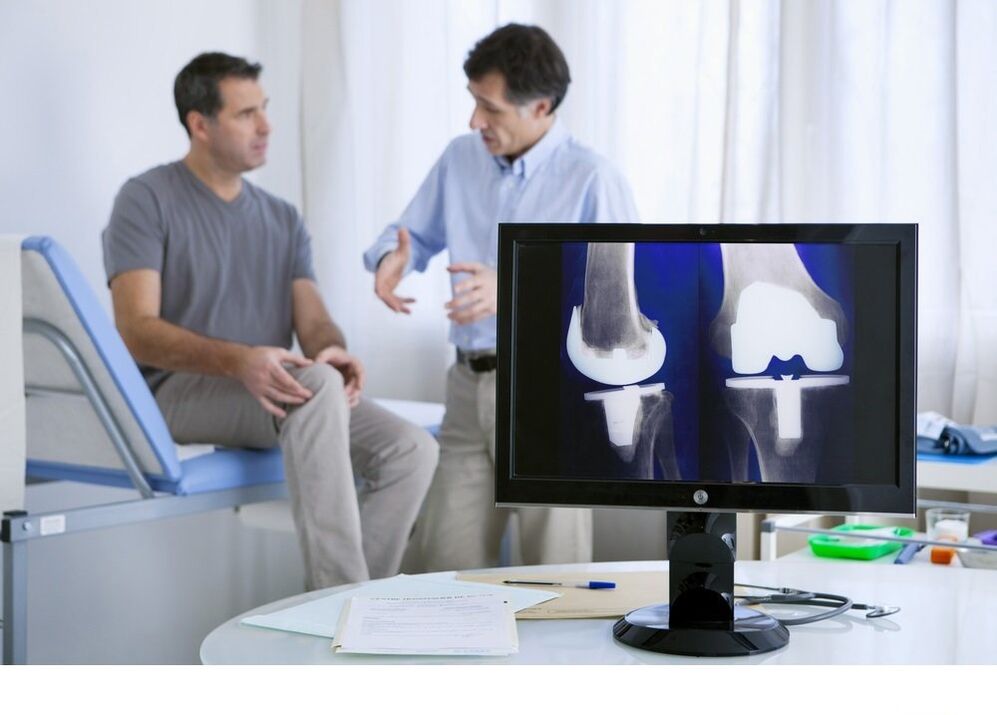
Knee arthrosis is common in men who have exercised heavy loads.A wise amount of squats, with or without weight, can quickly wear the cartilage layer and cause arthrosis of the knee joint.
The first alarming signs of knee arthrosis are characterized by crunching and clicks in the joint during movement.The pain comes later, which is why the patient does not notice continuing degenerative changes for a long time.
With timely treatment, knee arthrosis can be defeated or at least stopping the development of the disease.
Ankle arthrosis (Cruzarthrosis)
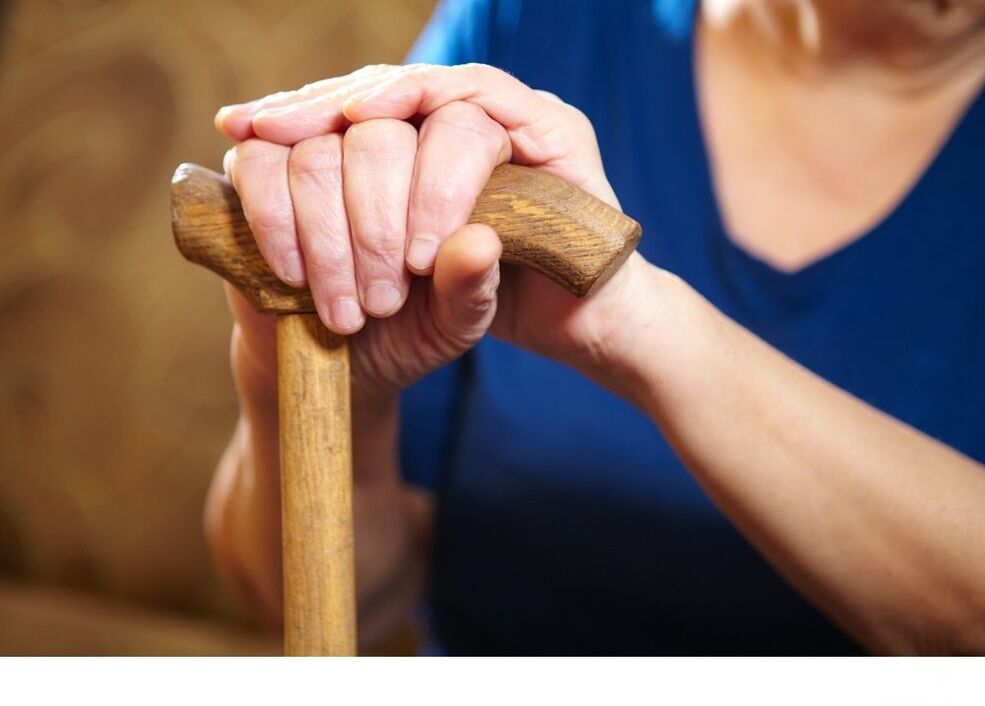
The joint joint is very mobile and performs important functions when walking, running and jumping.Ankle arthrosis is able to lead a person to damage for only a few years if treatment does not start in a timely manner.
But early diagnosis of ankle arthrosis remains problematic, since there are no nerve endings in the cartilage itself and for a long time the pain is not felt.Pathological changes develop, almost in any way to feel.In the early stages of ankle arthrosis, it is generally detected by accident.
Hip Arthrosis (Coxarthrosis)
Coxarthrosis or arthrosis of the hip joint belongs to the most common and most severe lesions of the joints of the lower limbs.As a rule, the pain is absent for a long time.The pain occurs when the joint is significantly destroyed.This is very dangerous because it is the hip joint that carries the main load associated with the body mass.
Arthrosis of the joints of the foot
Although arthrosis often affects large joints, the smaller joints can also suffer.The reason for the development of arthrosis of the joints of the foot may be injuries, congenital disorders in the structure of the limbs, flat legs, uncomfortable shoes, work in which one spends a lot of time on the leg.Often the development of arthrosis of the foot can cause vascular diseases, which is why the blood supply to the limb is impaired, as well as endocrine and metabolic diseases.
The protruding bone at the base of the thumb very often occurs precisely due to arthrosis of the joints of the fingers.After deformation of the first joint, the spread of the process of other fingers may follow.
Arthrosis of the joints of the upper limbs
Although the upper limbs are a smaller load than in the lower, arthrosis of the joints of the hands causes many problems for the patient.
Arthrosis of the joints of the brush
Statistics say: This type of arthrosis is found in women much more often than in men.And it manifests as a rule after the onset of menopause, although the first symptoms of arthrosis may occur earlier.
It is arthrosis of the joints of the fingers that disfigure the hands, making the joints with a mound, swollen and fingers - curves.
Deformation of the joint is very poorly affected by fine motor skills.It becomes difficult not only to hold small objects in your hands, to put a thread in the needle, to knit and to write.During periods of exacerbation, the inflamed fingers are not able to hold the spoon, and the tea cup should be lifted with two hands and then it can slip.
Sample arthrosis

This type of joint arthrosis is relatively rare.Usually the cause of the disease is hidden in injuries, inflammatory diseases, hard work, excessive enthusiasm for some sports.
Although the elbow joint usually does not carry significant loads, changes caused by arthrosis can completely prevent normal life.Violation of mobility can even deprive a person of the ability to perform the usual actions in life, including serving his own needs.
Shoulder arthrosis
The arthrosis of the shoulder joint is not too common.If, in the early stages of the development of shoulder arthrosis, pain occurs relatively rarely as the joint destroys the situation, the situation worsens.
The hand becomes painful to grow and turn, the pain is exacerbated as it rises and the weather changes.Walking pain does not allow to sleep: the patient cannot find the position of the body in which the shoulder would not harm.
Arthrosis of temporomandibular joint
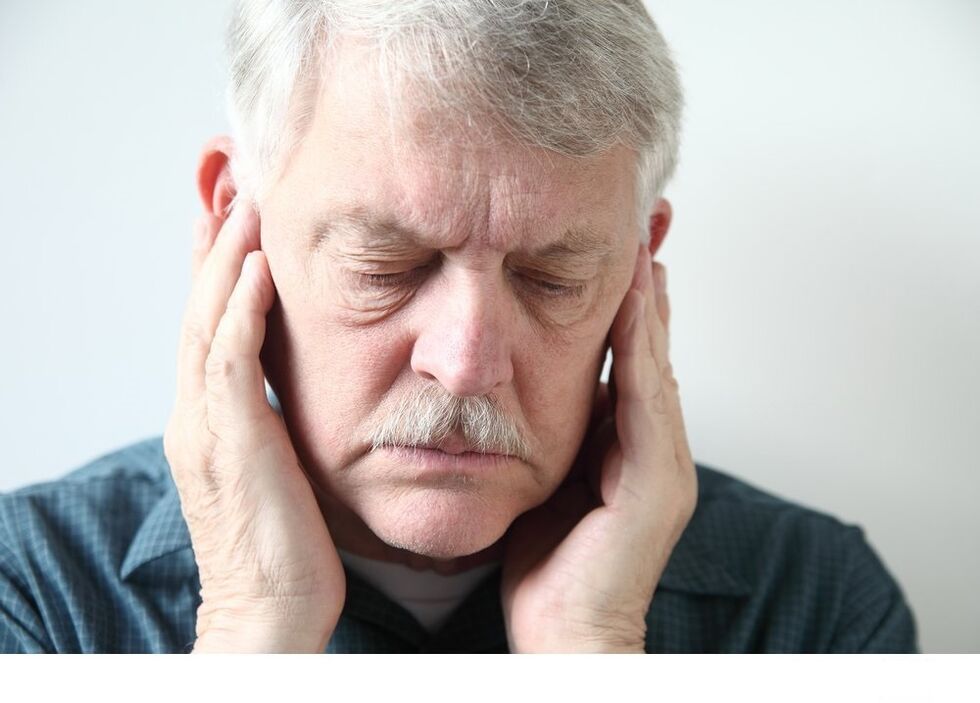
If arthrosis of the joints of the hand can prevent the patient from transmitting a spoon with food in the mouth, then arthrosis of the temporomandibular joint (TMS) prevents the mouth.But this is in the last stage of the disease, when the jaw joint has suffered significant destruction and bone growth deprives it of mobility.
The cause of the disease is a bite disorder, congenital or acquired due to the destruction or loss of teeth.The development of arthrosis can cause injury, inflammatory processes in the joint.
Spinal arthrosis (spondylartrosis)
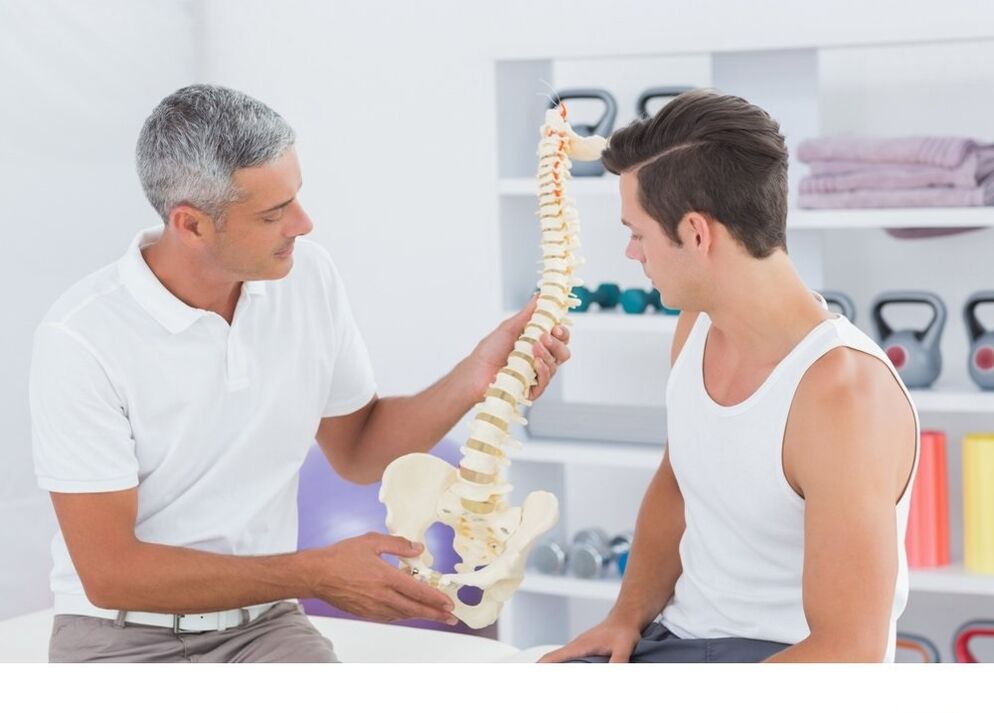
The arthrosis of the neck joints develops due to a violation of the structure of the bones and cartilage;Due to a long stay in the wrong position of the body at work.The cause may be injuries, inflammation, hard work, disorder of the blood supply to the spine and many other factors.
The arthrosis of the spinal joints is dangerous as the deformity of the joints can lead to compression of the nerve fibers, the blood vessels, which in turn can cause various pathological symptoms.These are often a headache, migraine (which means spinal artery syndrome, or the so -called "cervical migraine migraine"), hypertension, weakness and rapid fatigue, and more.Compression of blood vessels and nerve fibers can occur with 2 degrees spondyl arthrosis.
Symptoms of arthrosis
Symptoms of arthrosis of the joints of the legs
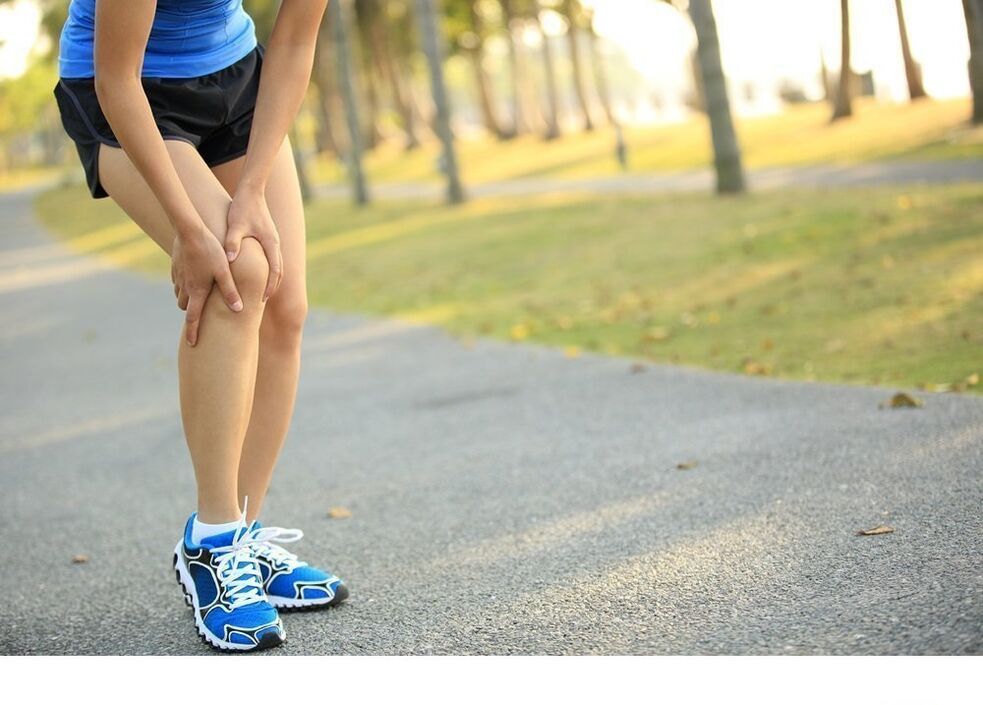
The pain is generally absent in the early stages of the disease.But you can see that when you move, the joint can click, crack and sometimes very strong.
If arthrosis is not treated, then movement without a cane or crutches can become problematic.And in the most severe cases, the patient completely loses the ability to move independently.Gonarthrosis, arthrosis of the hip joints and ankle are particularly difficult.
Symptoms of arthrosis of the joints

The arthrosis of the joints of the hand is manifested in deformation of the fingers: they can bend, joints appear on them, thickening and hills appear.During exacerbation, inflamed joints become hot and painful.Finger arthrosis prevents the right movements, the fingers obey poorly.
Symptoms of shoulder arthrosis are expressed, among other things, in limiting mobility.If a healthy shoulder joint has the ability to make different movements with great amplitude, then with arthrosis of the shoulder joint it can become impossible even to simply raise a hand.
Symptoms of arthrosis of temporomandibular joint
Symptoms of arthrosis in the jaw charter do not differ too much from others.This is cracked during movement, limiting the mobility of the joint.In addition, in the absence of treatment, the patient can usually lose the ability to open his mouth and even speak clearly.With the development of the disease there is pain growing from the load and during raw, cold weather.
Symptoms of spondylartrosis
In the early stages, spondyl arthrosis is manifested only by some discomfort in the back.Unpleasant sensations make the patient more often than usual, change the position of the body.With the development of the disease, pain occurs.At first it is not strong, but very stubborn and intrusive, and then it can become constant and exhausting.
Forms of arthrosis
Primary and secondary arthrosis
Primary, or idiopathic, is called arthrosis, the causes of the development of which cannot be detected.This applies to hereditary forms of arthrosis, including.
Secondary arthrosis develops as a result of various pathological processes in the body, which can cause changes in the joints.This can be injuries, the wrong way of life, hard work or illness.In particular, arthrosis can develop after suffering inflammation of the joints, as well as due to diseases of the vascular system, endocrine disorders and autoimmune diseases.Arthrosis can lead to diabetes mellitus, gout, deletion of endarterite, etc.
Localized and generalized arthrosis
Localized arthrosis is characterized by the spread of the process by 1-2 joints.Localized arthrosis includes arthrosis of the hip joint, gonarthrosis, cruarosis, arthrosis of the temporomandibular joint, etc.
The causes of arthrosis

The causes of primary arthrosis
Primary arthrosis can develop for unclear reasons that are not always possible to detect.Known risk factors include congenital and genetically transmitted characteristics of the body.
Building anomalies
The structure of the skeleton, bones and connections plays a big role in the development of arthrosis.This can be due to both bone structure disorders, cartilage and connective tissues, as well as to improper bone and joint formation.
Hereditary predisposition
Genetic disorders can lead to disorders in the processes of synthesis of substances that are cartilage, connective tissues or joint fluid.
The causes of secondary arthrosis
Injuries
As a result of fractures, cracks and improper fusion, the natural form of the joint can change, its blood supply can be impaired.Therefore, the cause of the development of arthrosis of large and small joints in 20-30% of cases is injuries.
Excessive load
With too much physical activity on the surface of the joints, a microtrauma is obtained during movement, which over time leads to a change in the quality of cartilage and its destruction.
Obesity
Excess weight significantly increases the load on the joints of the spine and lower limbs.It is this factor that accelerates and weighs the course of coxarthrosis, ankle arthrosis and knee joints.
Joints
Inflammatory processes in the joints are called arthritis and often precede the development of arthrosis.Inflammation of the joints occurs with rheumatism and rheumatoid arthritis, with gout and psoriasis.
Endocrine diseases
Diabetic sugar is one of the most important factors in the development of arthrosis.But other endocrine diseases and conditions can have a negative effect.In particular, hormonal changes associated with menopause significantly increase the risk of arthrosis in mature women.
Metabolic processes disorders
Diseases of metabolism also contribute to the disease of arthrosis of the joints.This is gout, osteoporosis and others.Improperly emerging metabolic processes play a negative role in the absorption of calcium, synthesis of proteins and other elements necessary to preserve the normal structure of bones, cartilage, bonds, etc.
Disorders for blood supply
Atherosclerosis, varicose veins and other blood vessels lead to impaired blood supply and nutrients of the bones and joints.Due to the lack of nutrition, their strength is reduced and the risk of arthrosis occurs.
Hypodynamia
The lack of movement is harmful to the whole body, and for the musculoskeletal system too.Lack of physical activity adversely affects the blood supply to individual organs and systems, and also often leads to obesity and congestive phenomena.
Diagnosis of arthrosis
Arthrosis can be similar to other diseases that require different treatment methodology.Proper diagnosis is very important for the timely onset of the treatment of arthrosis and the choice of optimal methodology.
Suspicion for arthrosis occurs during the initial examination based on a set of patient's complaints.But this is not enough to make an accurate diagnosis.
One of the most visual methods remains X -ray study: the changes occurring in the joint are clearly visible to the X -ray.The degree of changes visible to the picture allows you to determine the degree of development of the disease.
In addition to radiography, a thermographic examination, ultrasound, calculated and magnetic resonance images are used.
Other differential diagnostics studies are also underway.In particular, rheumatoid samples, a detailed blood test, determination of uric acid level, etc.
Arthrosis
How to treat arthrosis?
The main thing to remember from the patient with arthrosis: treatment should be performed under the supervision of specialists.In home methods, arthrosis cannot be cured.Moreover: if the disease has already developed up to 2-3 stages, it will not be a complete restoration of the affected joint.
Treatment of arthrosis: medicine
The treatment of arthrosis of the joints should be complete.The basis of drug treatment is chondroprotectors - medicines that help maintain their elasticity and strength that improve the structure of cartilage tissue.
Chondroprotectors are available in various forms:
- in capsules and tablets;
- In solutions for intramuscular and intraarticular injection.
Chondroprotectors are especially effective with early arthrosis, but their use is also recommended for the treatment of advanced stages of the disease.
To relieve the pain, various anesthetics and analgesics in the form of creams, topical gels, or in the form of injections are prescribed.
In order to relieve inflammation in the affected joint, non -steroidal anti -inflammatory drugs are used based on sodium diclofenac, orthofen and methodol.
Muscle cramps withdraw under the influence of Miorelaxant drugs.
In addition, medicines are prescribed to improve blood microcirculation.The use of vitamins is possible as auxiliary substances.
Treatment of arthrosis with surgical methods
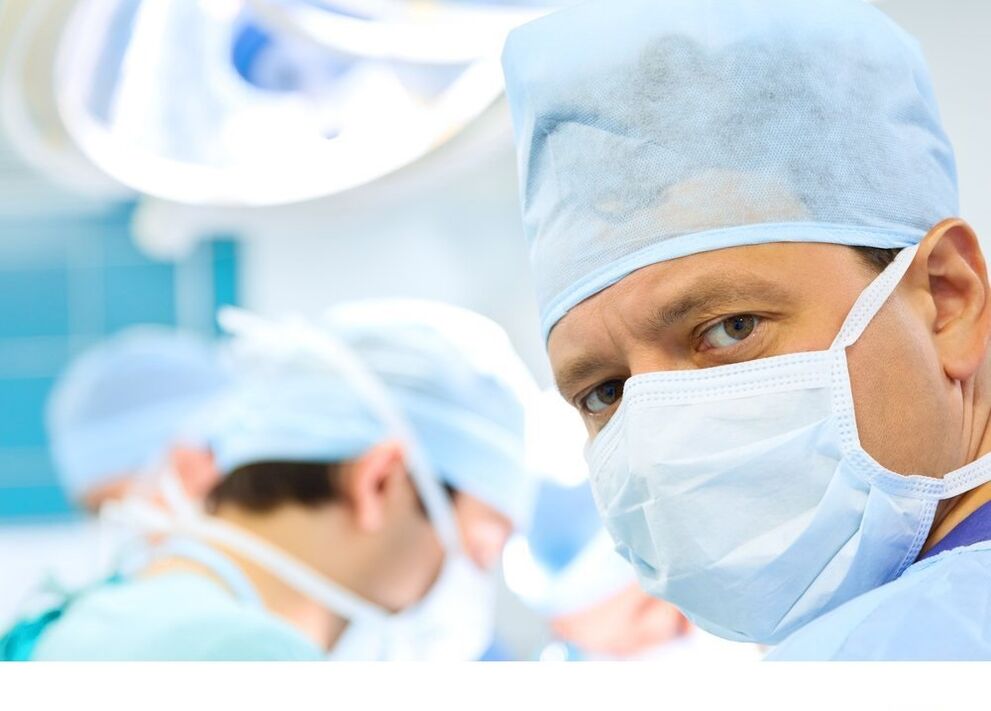
In the late stages of arthrosis, when the joint is already significantly destroyed and not stopped on medical treatment, surgery can be performed on the joint.
Types of surgical treatment of arthrosis:
- Arthroplasty in which mobility can be returned to the affected joint;
- arthrodesis aimed at ensuring the immobility of the joint;
- joint resection, that is, complete or partial removal of the affected joint elements;
- Prosthetics in which damaged and destroyed parts are replaced by artificial elements.
Massage, physiotherapy in the treatment of arthrosis
Physiotherapy treatment plays a very important role in the fight against the symptoms of arthrosis.The patient is prescribed massage, laser and magnetic therapy, acupuncture and other types of treatment.
Treatment courses should be repeated regularly.
Sanatorium arthrosis treatment-cutter
Many sanatoriums specialize in the treatment of arthrosis, especially those located near the deposits of therapeutic mud and specialize in mud.
Patients with arthrosis are shown through therapeutic baths and heating, but all this should be done with strict medical control.Mudlit has restrictions and contraindications.
Arthrosis
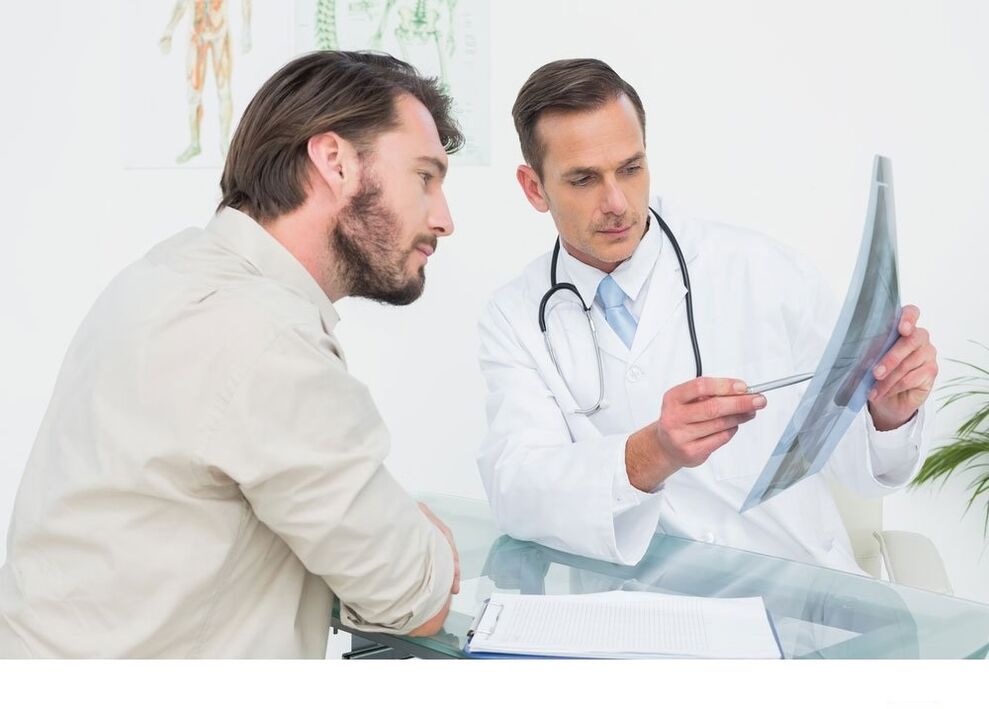
First -degree arthrosis
Early degrees of arthrosis are manifested by minor symptoms that cannot be easily noticed:
- a certain stiffness of movements, especially since it was in relative immobility;
- pain at the beginning of the movement, disappearing in a few minutes;
- Slight creaking, crunch, clicks in the joint when performing movements;
- Pain after and during exercise, after rest, passes.
Radiography can be visible minor changes in the structure of the joint, including the appearance of small bone growths at the edges of the joint and a slightly pronounced narrowing of the gap of the joint.
Grade 2 Arthrosis
With 2 degrees arthrosis, all symptoms look more severe:
- More noticeable restriction of joint mobility;
- With each movement, a crack and crunch in the inflamed joint are heard;
- The pain for arthrosis of 2 degrees becomes more frequent and in the absence;
- "Starting" of pain does not disappear longer after the onset of movement;
- The X -ray deformity of the joint and the growth of osteophytes are clearly visible;
- Grade 2 arthrosis causes a significant narrowing of the joint, it can even be noticed to shorten the inflamed limb.
With 2 degrees for the development of arthrosis, the effectiveness is reduced and some types of activity become impossible.
3 -degree arthrosis
3 degree of arthrosis is characterized by severe joint damage:
- The growth of bone tissue and the accumulation of fluid in the bag of the joints leads to an increase in the joint;
- Movements are significantly limited, sometimes the patient is able to do anything more than swinging with the affected limb;
- Sensitivity to changes in time increases;
- Severe pain practically does not leave the patient on the move or at rest;
- The muscles around the inflamed joint are constantly spasmodic due to force disorders, they begin to atrophy gradually;
- The joint gap is practically not visible to the X -ray, the deformation of the surfaces of the joint elements is very pronounced;The joint is surrounded by the growth of bone tissue, the destruction of intravivated structures and sclerotic changes in the surrounding tissues is noticeable.
4th degree arthrosis
Despite the generally accepted classification of the development of arthrosis, consisting of 3 degrees, it is sometimes distinguished by the most severe 4 degrees.The deforming arthrosis of the joint at this stage of the disease takes the most severe form: the joint is completely destroyed and loses its functions.At the same time, the patient experiences such severe pain that even minor movements become impossible.The pain does not stop even with powerful medicines.
At X -ray you can see the merger of the affected bones of the joints, the joint, the sclerotic changes.
At this stage, the deformation of arthrosis can only be stopped through surgery to protest the destroyed joint.
Prevention of arthrosis
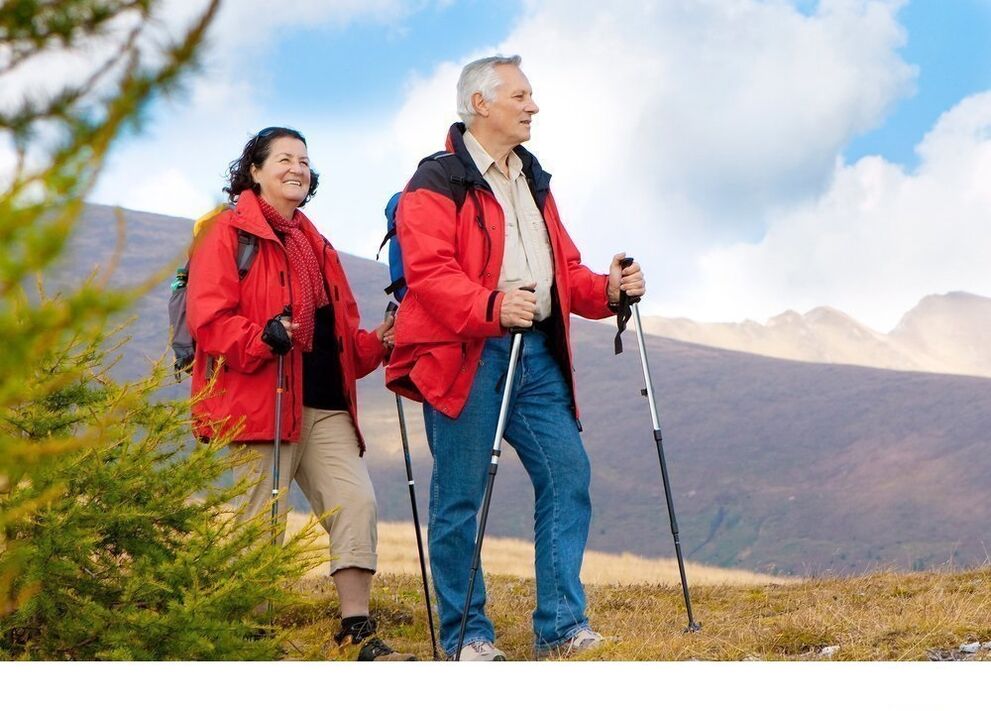
Joint health should be taken from youth.Prevention of arthrosis is careful about your health and when you seek a doctor in a timely manner, when the first symptoms of arthrosis occur, they are even mild.
Prevention measures include maintaining body weight at the optimum level.
Do not engage in excessively in traumatic sports, train with excessive diligence and irrational workloads.It is also dangerous to take big breaks in sports, after which the previous load can be destructive to the joints and cause arthrosis.
It is advisable to provide proper, rational diet, except alcohol, fatty, spicy and canned foods.It is absolutely necessary to give up smoking to maintain the health of blood vessels.
For women, it is always appropriate to avoid close shoes with a high collection.And during menopause, it is necessary to competently approach the issue of hormonal replacement therapy in order not to expose the body to hormonal stress, which can provoke the development of arthrosis.
As injuries become a common cause of arthrosis, it should be avoided as much damage to the bones, joints and other injuries.
Exercises for arthrosis
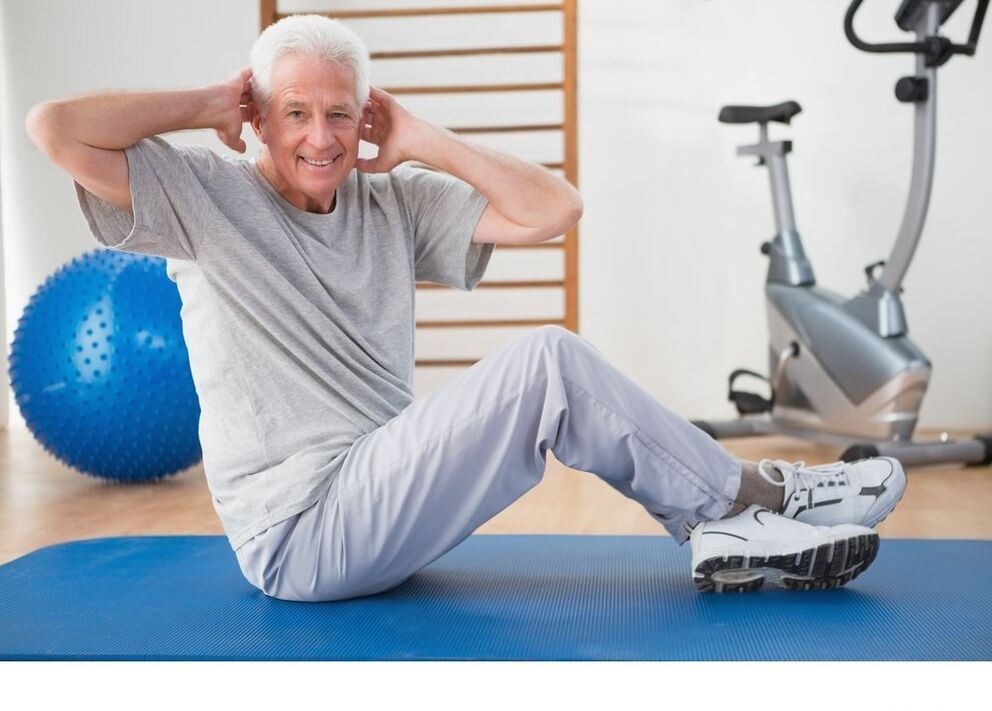
Therapeutic gymnastics for arthrosis is very important, as well as sufficient physical activity to prevent the disease.
Special exercises for arthrosis are chosen by the doctor, but there are some general recommendations.
- Exercises for arthrosis should not cause pain.
- The intensity of the load should not be large, the overload is harmful.
- Movements are performed at slow or medium pace, with moderate amplitude.
- Swimming is very useful and aqua aerobic in a warm pool.
- Arthrosis exercises should be performed daily, without breaks for a long time.Preferably always.























